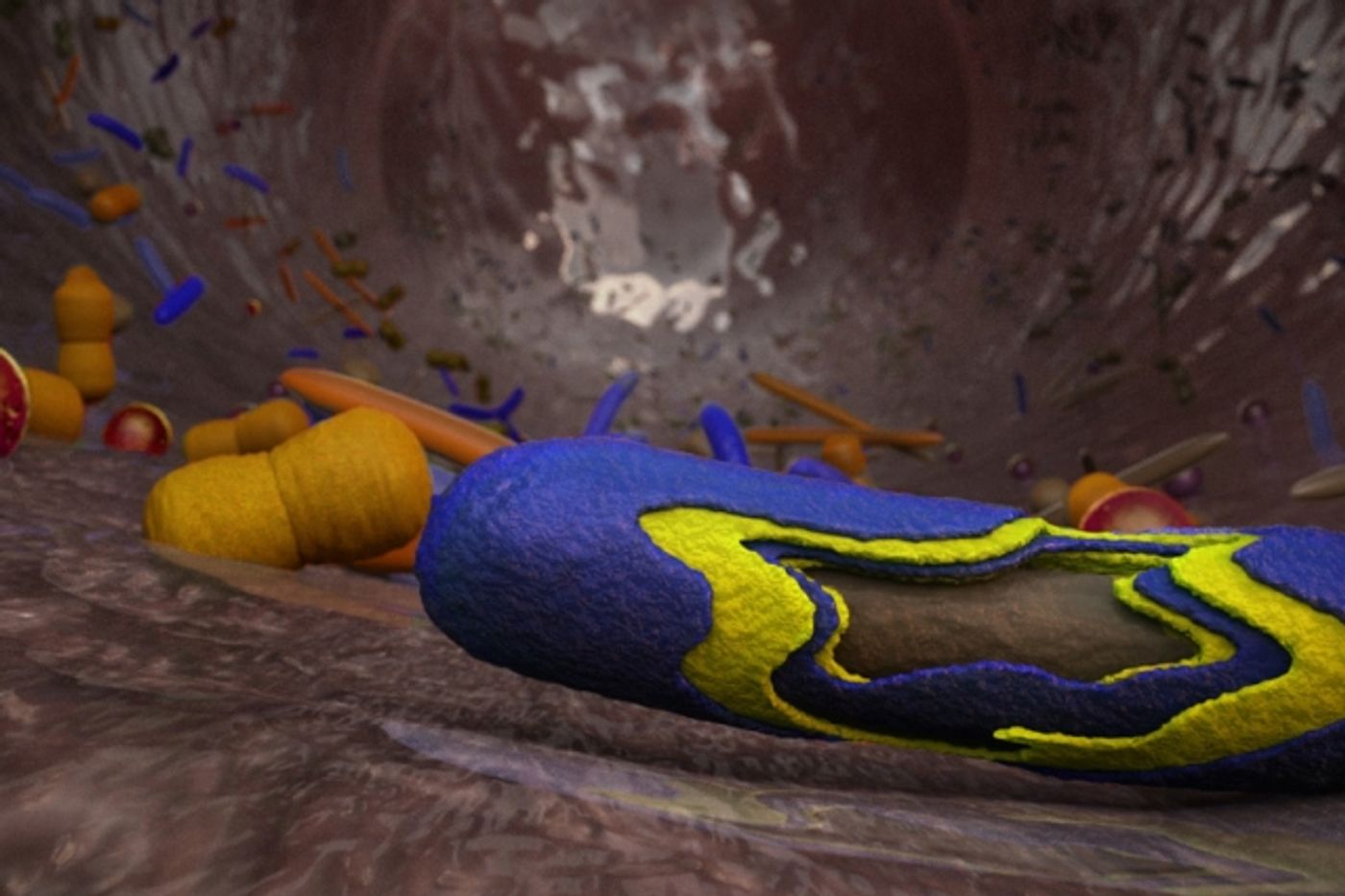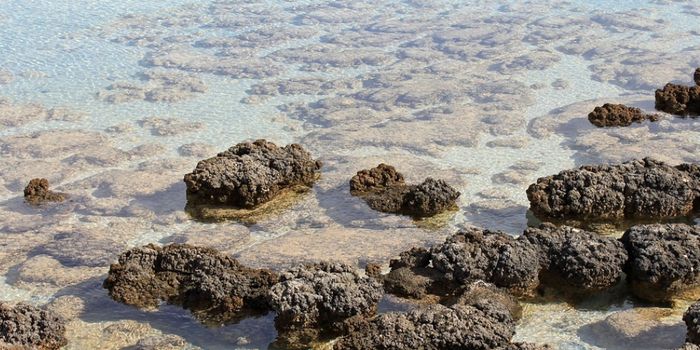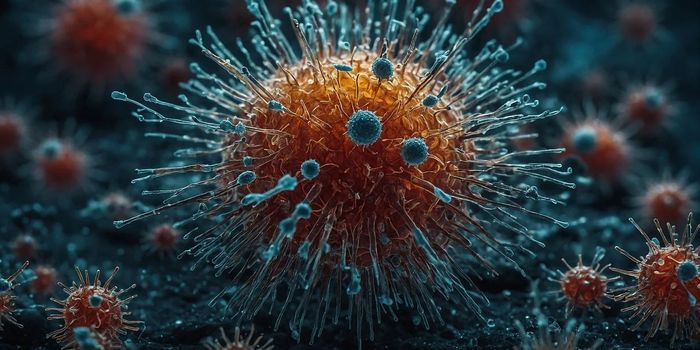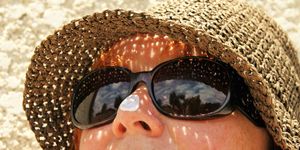Scientists have linked the microbiome, the community of bacterial organisms that reside in our gut, with myriad health conditions and disease states. It’s become increasingly apparent that a good microbial composition in the gastrointestinal tract is crucial to good health. So how to treat disruption and imbalances in the gut? Fecal transplants are one way, but scientists at MIT have now created another that is a lot less weird.
Ana Jaklenec is a research scientist at MIT’s Koch Institute for Integrative Cancer Research and is one of the senior authors of
a paper in the journal Advanced Materials that outlines a new method for sending beneficial microbes to the gut.
“Once the microbiome is better understood, we can use this delivery platform to target certain areas and introduce certain species there,” explained Jaklenec.
The researchers have created a method for coating bacteria with polymer layers that can protect them from the corrosive acids and bile salts that are typically found in the digestive tract. The microbes are thus able to travel into the intestine where they find a home in the intestinal lining and finally, start reproducing.
“The bacteria are delivered and they adhere to the intestinal wall, where they survive much better than noncoated bacteria,” commented the paper’s first author, Koch Institute postdoc Aaron Anselmo.
Another common form of treatment for gastrointestinal issues is probiotics, often prescribed to patients suffering from Crohn’s disease and colitis. But probiotics are not well standardized and contain variable amounts of a wide range of bacteria, some of which may not be alive by the time they are ingested by the patient or by the time they reach the intestine because they lack any protection.
In this new work, the scientists outline a gentle process of applying alternating positively and negatively charged layers of polysaccharides that are known to adhere to the intestinal lining. The two polysaccharides that were selected, chitosan and alginate, have been used before in other technologies for oral delivery. If you would like to know more about the general layering process, called layer-by-layer assembly, watch the short interview below with Professor Paula Hammond from MIT.
“It’s a reasonably gentle process, so you’re not destroying the bacteria,” explained Jaklenec. It was found that coated bacteria survived at a rate that was six times higher than uncoated bacteria.
"Increasingly, scientists are learning that the microbiome plays an important role in many diseases, yet the technological tools to safely, effectively, and precisely engineer the microbiome are lacking.
This research may help in this effort by creating delivery vehicles that can more effectively shuttle desirable probiotics safely through stomach acid and bile salts to reach the intestines, with the potential to modify human disease,” Jordan Green, an Associate Professor of Biomedical Engineering at Johns Hopkins University School of Medicine, who was not involved in the research, told MIT News.
This technique has the potential to be an alternative to fecal transplant therapy, currently in clinical trials to treat infections from
Clostridium difficile. Fecal transplants have to be performed by colonoscopy or enema. If you’d like to learn more about them, watch the video below, a short TED Talk by fecal transplant expert Dr. Mark Davis.
The authors of this work suggest their invention could be simply added to a therapeutic drink or packaged in a capsule. They are currently working on adapting this technology for use in other parts of the GI tract and entirely different parts of the body such as the mouth and skin.
Sources:
MIT News,
Advanced Materials









